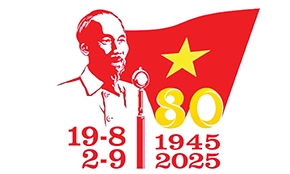 | |
| Logo used in propaganda activities to celebrate the 80th anniversary of the August Revolution (August 19, 1945 - August 19, 2025) and the National Day of the Socialist Republic of Vietnam (September 2, 1945 - September 2, 2025). Photo: Ministry of Culture, Sports and Tourism |
In late 1944 and early 1945, the world situation changed rapidly. World War II entered its final phase with overwhelming advantage in favor of the Allies. In Europe, the Soviet Red Army, in coordination with the armies of the UK, US, France, Canada, etc., won consecutive victories, liberating many countries. On May 9, 1945, Nazi Germany surrendered unconditionally, ending the war in Europe. In Asia - Pacific , fascist Japan fell into a state of siege. On August 14, 1945, the Emperor of Japan announced unconditional surrender, ending World War II.
This situation opened a strategic turning point for the Vietnamese revolution. The Party Central Committee assessed that this was a “once in a thousand years” opportunity for our people to rise up and regain independence. While the Allies had not yet entered Indochina to disarm the Japanese army, the French colonialists had already planned to return, seeking to rely on the Allies, and other forces had also begun to intervene; if this opportunity was not seized, the nation’s destiny might be missed.
Faced with this situation, on March 9, 1945, the Central Party Standing Committee held an urgent meeting and issued a policy to launch a widespread anti-Japanese national salvation movement. On March 12, 1945, the Central Committee issued the Directive "Japan and France are fighting each other and our actions".
An art program to celebrate the 80th anniversary of the August Revolution and National Day September 2 in Can Tho City. Photo: DUY KHOI
In April 1945, the Central Committee convened the Northern Revolutionary Military Conference, unifying the armed forces into the Vietnam Liberation Army. On April 16, the Viet Minh General Headquarters directed the establishment of National Liberation Committees from the Central to local levels. In early May 1945, President Ho Chi Minh returned to Tuyen Quang from Cao Bang, choosing Tan Trao as the base for nationwide command.
On June 4, 1945, the Viet Bac Liberated Zone was officially established. From mid-1945, the anti-Japanese national salvation movement spread widely, the political struggle movement combined with armed struggle and partial uprisings took place strongly in many localities across the country.
Determining the time for revolution was ripe, on August 13, 1945, the National Uprising Committee was established and on the same day issued Military Order No. 1, launching a nationwide general uprising.
On August 16, 1945, the National Congress held in Tan Trao approved 10 major policies of the Viet Minh Front, ratified the General Uprising Order. In particular, the National Flag was unified with a red background and a five-pointed yellow star, the song "Tien Quan Ca" was chosen as the National Anthem, and the Vietnam National Liberation Committee (ie the Provisional Revolutionary Government of Vietnam) was elected, headed by President Ho Chi Minh. President Ho Chi Minh sent a letter calling on all people, emphasizing: "The decisive hour for the destiny of our nation has come. The whole country, let's stand up and use our own strength to liberate ourselves."
From August 14, 1945, in many localities, Party committees and Viet Minh proactively launched uprisings before receiving official orders, based on the specific situation and the spirit of the Directive "Japan - France shoot each other and our actions". Uprisings broke out everywhere, from the Northern Delta to Thanh Hoa, Nghe An, Ha Tinh, Thua Thien Hue, Khanh Hoa...
On the afternoon of August 16, 1945, under the direction of the National Uprising Committee, a Liberation Army unit commanded by comrade Vo Nguyen Giap set out from Tan Trao, advancing to liberate Thai Nguyen town - opening the military campaign to support the general uprising. At the same time, the armed forces of the Tran Hung Dao War Zone coordinated to capture localities such as Hai Ninh, Quang Yen, and Kien An. In the Central region, revolutionary forces in Quang Ngai captured the provincial governor's residence on the night of August 16, and the puppet government collapsed without a chance to react. On August 18, 1945, the provinces of Bac Giang, Hai Duong, Ha Tinh, and Quang Nam were the first localities to gain power in the provincial capital, creating a vibrant atmosphere throughout the country.
In Hanoi, on the afternoon of August 17, 1945, tens of thousands of people from the inner and outer city participated in a large rally at the Opera House, then marched through the central streets, shouting slogans such as “Support Viet Minh!” and “Vietnam Independence!”. The climax was on August 19, 1945, when the general uprising broke out with overwhelming momentum. Self-defense teams and revolutionary masses occupied the Northern Imperial Commissioner’s Office, the Police Department, the Post Office, the Security Guard Camp, etc. By nightfall, we had complete control of the capital.
In Hue, on August 20, 1945, the Provincial Uprising Committee was established, a series of demonstrations took place, creating an overwhelming situation. On August 23, 1945, tens of thousands of people entered the city, occupied important offices and peacefully seized power.
In Saigon - Gia Dinh, the Southern Regional Party Committee set the uprising date as August 25. That morning, groups of workers, farmers, and youth from Gia Dinh, Bien Hoa, Thu Dau Mot, and My Tho poured into the city center. The masses occupied the Secret Service, the Police Department, the Post Office, the train station, the power plant, etc. The puppet government quickly collapsed, and a revolutionary government was established.
The resounding victories in three major cities: Hanoi, Hue, and Saigon created a strong ripple effect. From urban to rural areas, from lowlands to highlands, from the mainland to the islands - the uprising movement rose like a storm. In Con Dao, the Party organization in the prison quickly met, organized forces, and led the prisoners to revolt. In Phu Quoc, under the leadership of the Viet Minh organization, political prisoners and the masses on the island also rose up to overthrow the pro-Japanese government and establish a revolutionary government. In many other islands such as Ly Son, Cat Ba, Bach Long Vi, Hon Gai, Van Don... the uprising movement in response to the August General Uprising also took place strongly.
Within just 15 days, from mid to late August 1945, the General Uprising achieved complete victory across the country. On August 30, 1945, King Bao Dai announced his abdication, completely ending the feudal regime that had lasted for thousands of years.
On September 2, 1945, at the historic Ba Dinh Square, President Ho Chi Minh read the Declaration of Independence, solemnly declaring the independence, freedom and equality of the Vietnamese people to the world: “Vietnam has the right to enjoy freedom and independence, and in fact has become a free and independent country. The entire Vietnamese people are determined to devote all their spirit and strength, their lives and property to maintain that freedom and independence.” The Democratic Republic of Vietnam was born - marking the beginning of a new era for the nation: the era of independence, freedom and mastery of the country's destiny.
It can be said that the victory of the August Revolution in 1945 was the result of a combination of many factors, in which the most prominent was the close combination of favorable historical opportunities with elaborate, systematic preparation and the wise, flexible leadership of our Party led by President Ho Chi Minh. It was a long-term, comprehensive preparation process in terms of politics, organization, ideology and armed forces. From the Nghe Tinh Soviet movement, the Democratic movements, the Anti-Japanese National Salvation Campaign to the establishment of the Viet Minh Front, the organization of armed teams, the construction of bases, the expansion of mass forces... The Party had worked hard to prepare to be ready to seize the opportunity.
The victory of the August Revolution was also the result of the patriotism, indomitable tradition and burning desire for independence and freedom of the entire Vietnamese people. Our people, under the united flag of the Viet Minh Front, rose up in all three regions, from the lowlands to the highlands, from urban to rural areas, from the mainland to the islands. This was a vivid manifestation of the strength of great national unity, an endogenous factor that was decisive for the victory of the revolution.
The success of the August Revolution in 1945 opened a great turning point in the history of our nation. That victory broke the chains of slavery of French colonialism for more than 80 years, the domination of Japanese fascism for nearly 5 years and ended the feudal regime in our country. The Democratic Republic of Vietnam, a state ruled by the working people, was born. With this victory, our Party became a ruling party, preparing the prerequisites for further victories.
In particular, the success of the August Revolution also had an epochal stature and profound international significance. This victory strongly encouraged colonial peoples and oppressed forces around the world to rise up and fight for independence, freedom, democracy and social progress. The Vietnamese people not only gained independence but also affirmed their position and development path in the flow of modern world history.
PV
The article is a summary of the propaganda outline to celebrate the 80th anniversary of the successful August Revolution (August 19, 1945 - August 19, 2025) and the National Day of the Socialist Republic of Vietnam (September 2, 1945 - September 2, 2025) issued by the Central Propaganda and Education Commission.
Source: https://baocantho.com.vn/moc-son-choi-loi-trong-lich-su-dan-toc-viet-nam-a189145.html


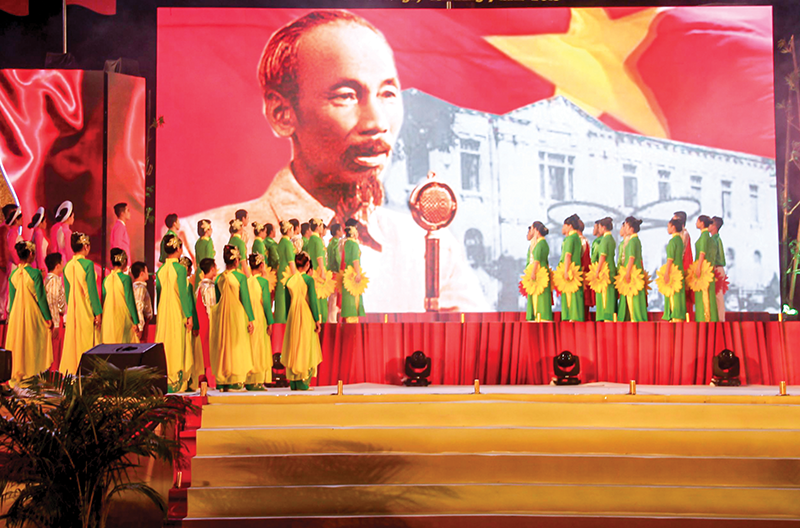




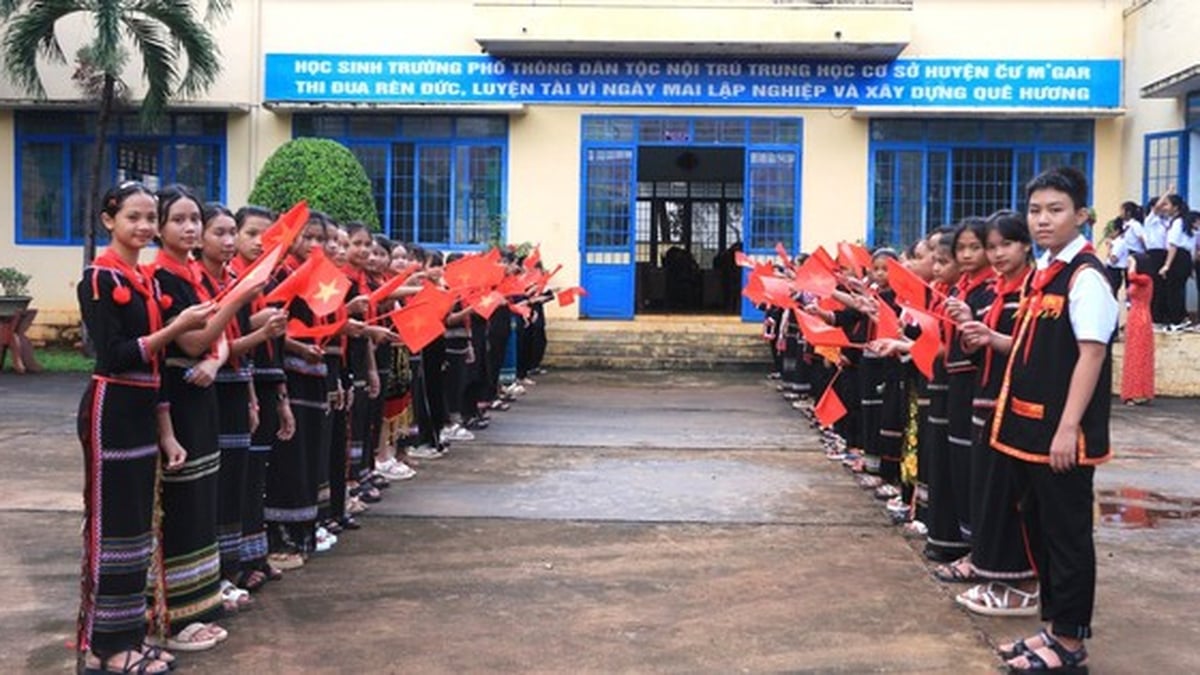
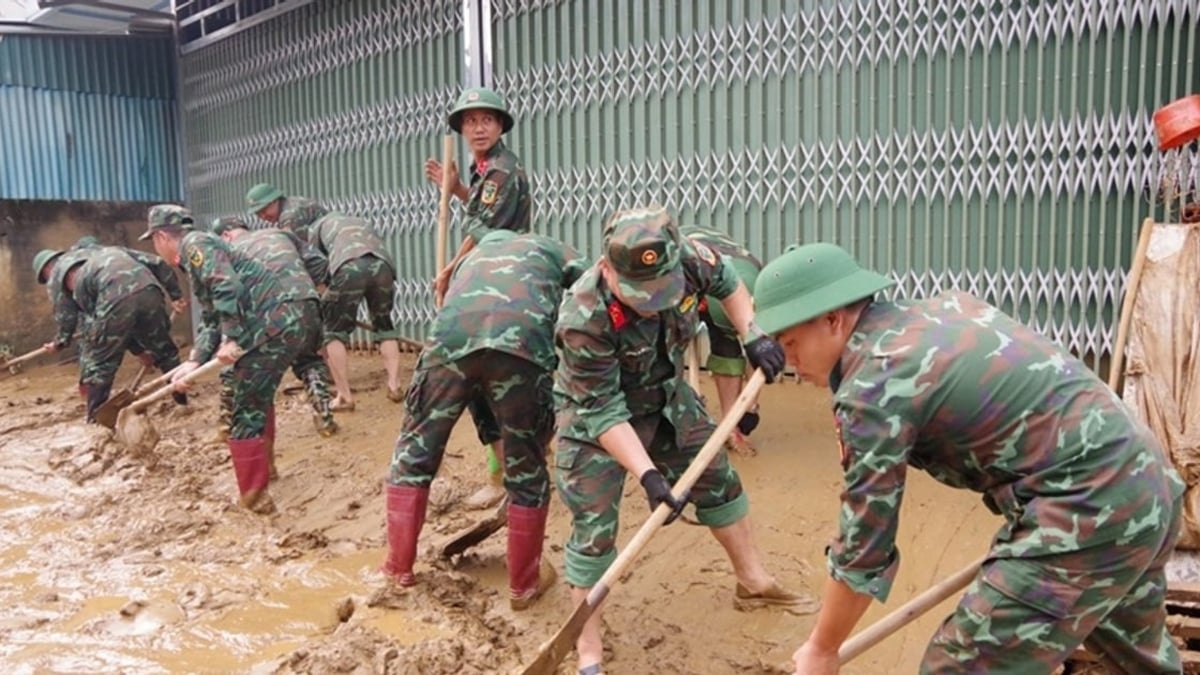
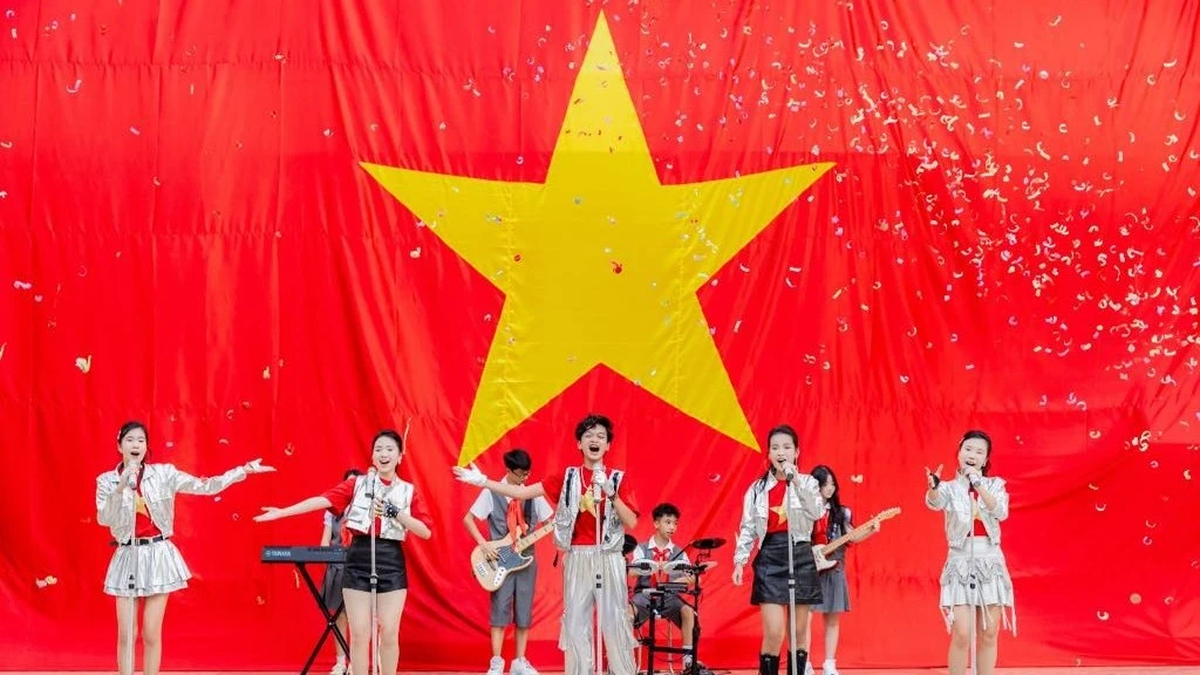

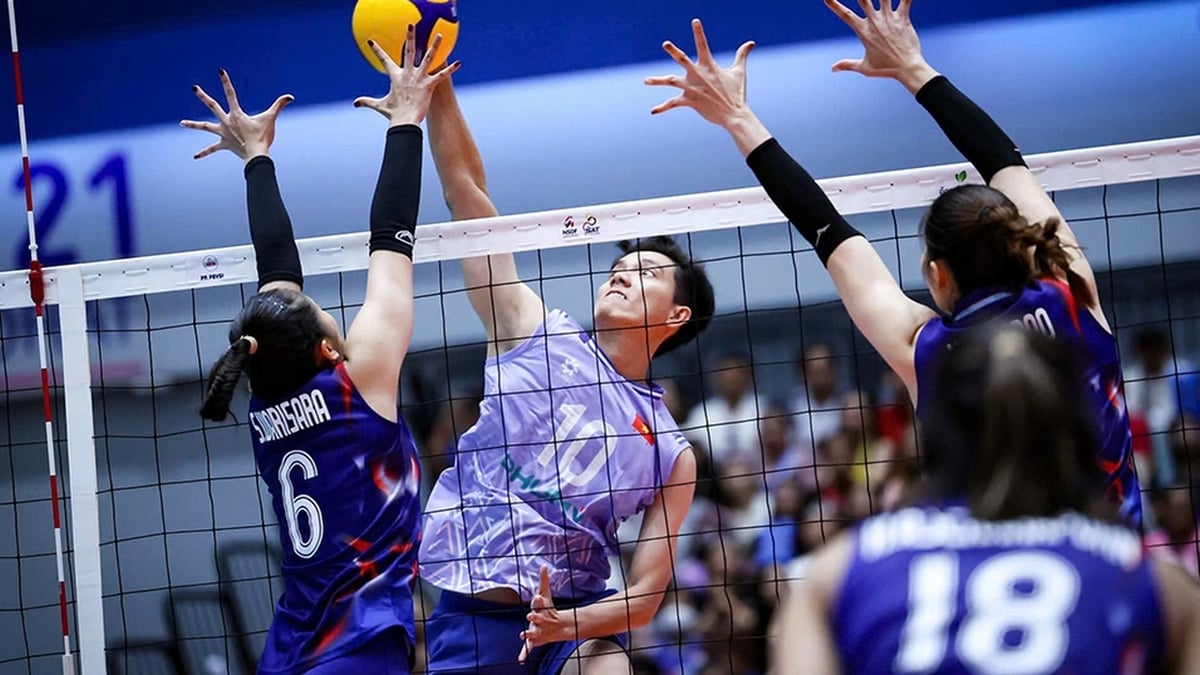




















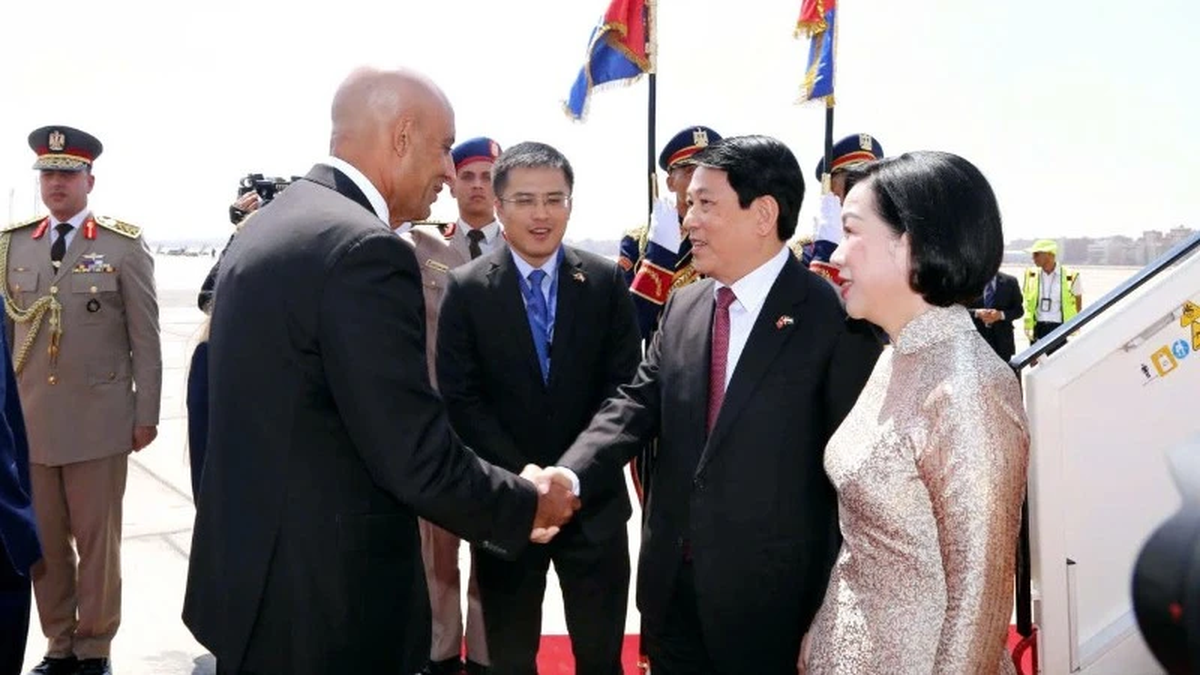




































































Comment (0)